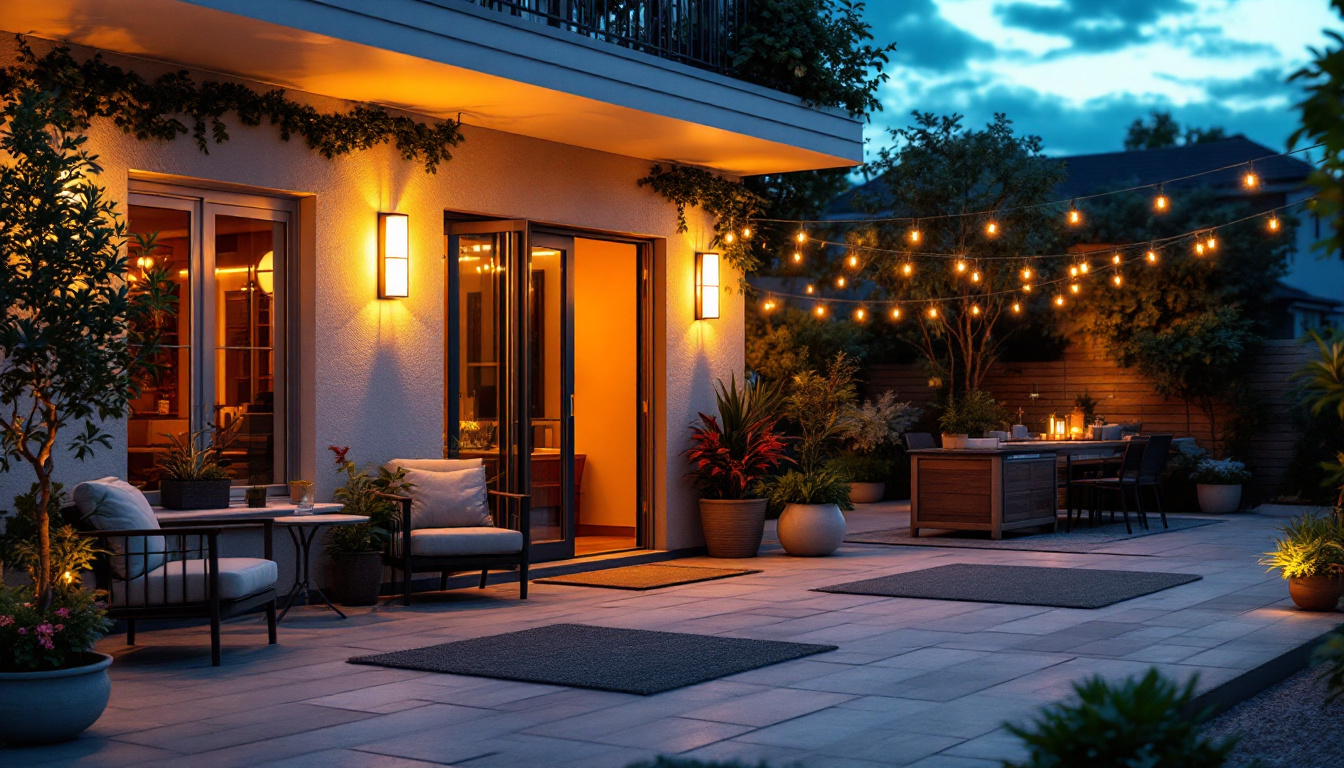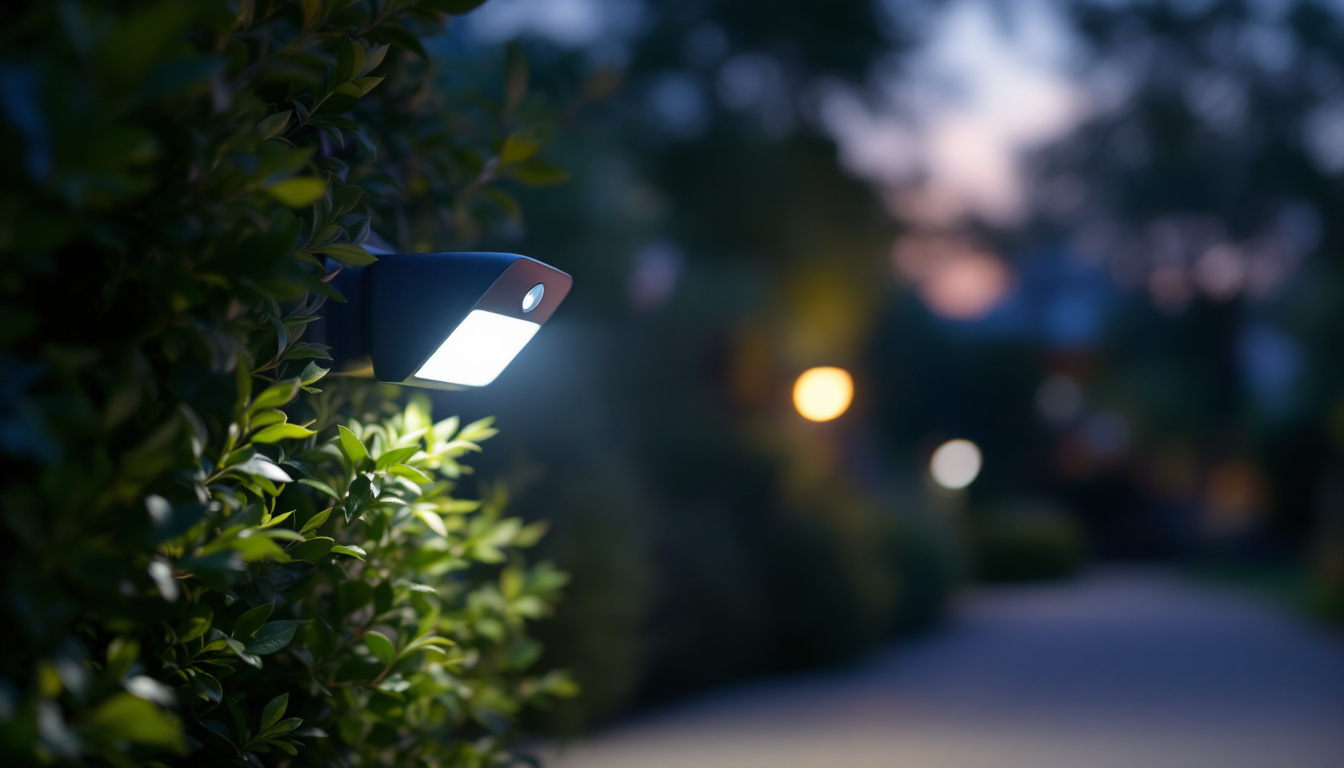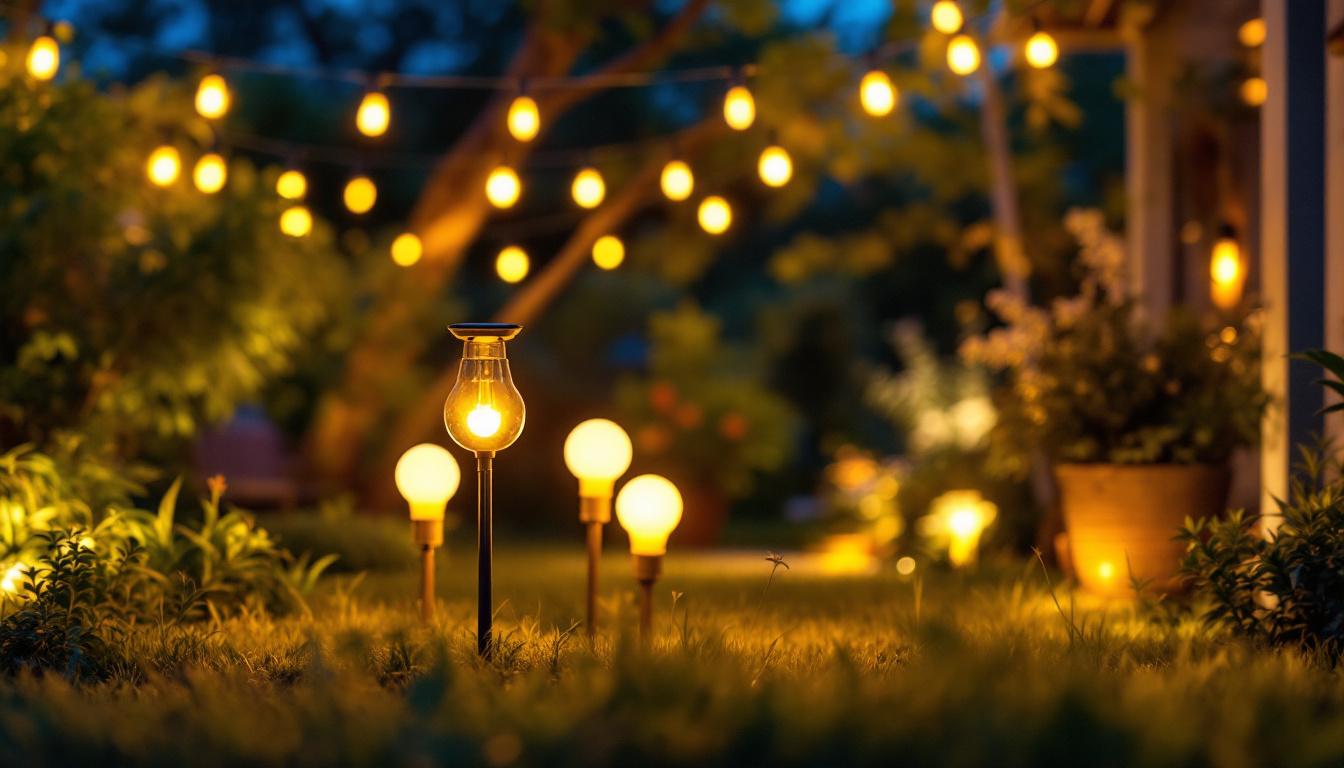
Outdoor lighting plays a crucial role in enhancing the safety, security, and aesthetic appeal of residential and commercial properties. As a lighting contractor, understanding how to optimize dawn to dusk outside lights for maximum efficiency is essential for delivering value to clients while minimizing energy consumption. This article explores various strategies and technologies that can be employed to achieve optimal lighting performance from dusk till dawn.
dawn to dusk lighting refers to outdoor lighting systems that automatically turn on at sunset and off at sunrise. These systems are designed to provide continuous illumination during the night, enhancing visibility and safety. The efficiency of these systems can significantly impact energy consumption and operational costs. By utilizing advanced technology, these lighting solutions not only serve practical purposes but also contribute to environmental sustainability by minimizing unnecessary energy use.
To optimize these lighting systems, it is important to understand their key components. Typically, a dawn to dusk lighting system includes:
Implementing dawn to dusk lighting systems can provide numerous benefits, including:
Moreover, dawn to dusk lighting systems can be integrated with smart home technology, allowing for remote control and monitoring via mobile devices. This feature not only adds convenience but also enables users to adjust lighting based on specific needs or preferences. Additionally, many modern systems offer customizable settings that allow users to fine-tune the sensitivity of photocells or set specific timers, further enhancing their functionality and efficiency.
In urban areas, the implementation of dawn to dusk lighting can also contribute to community well-being by promoting outdoor activities during evening hours. Parks and public spaces that are well-lit encourage social interactions and recreational activities, fostering a sense of community and belonging. As cities continue to evolve, the role of effective outdoor lighting becomes increasingly important in creating safe, vibrant, and livable environments for all residents.
The selection of light fixtures is critical in optimizing outdoor lighting systems. Different types of fixtures offer varying levels of efficiency, brightness, and color temperature. Understanding these differences is key for lighting contractors aiming to provide the best solutions for their clients.
When selecting fixtures for dawn to dusk lighting, consider the following types:
In addition to these common types, there are also specialized fixtures such as solar-powered lights and smart lighting systems. Solar-powered fixtures harness energy from the sun, making them an eco-friendly option that requires minimal installation and maintenance. Smart lighting systems, on the other hand, allow for remote control and programming, enabling users to adjust brightness and color temperature based on their preferences or even set schedules. This technology is particularly appealing for homeowners looking to enhance security while also enjoying the convenience of automation.
The color temperature of outdoor lighting can significantly affect the ambiance of a space. Warmer temperatures (2700K-3000K) create a cozy atmosphere, while cooler temperatures (4000K-5000K) provide a more modern and vibrant feel. Selecting the appropriate color temperature based on the client’s preferences and the intended use of the space is essential for maximizing satisfaction.
Moreover, the impact of color temperature extends beyond aesthetics; it can influence mood and behavior. For instance, warmer lights are often associated with relaxation and comfort, making them ideal for outdoor seating areas or patios where families gather. Conversely, cooler lights can enhance focus and alertness, making them suitable for pathways and security lighting. By understanding the psychological effects of different color temperatures, contractors can better tailor their lighting designs to meet the specific needs of their clients, ensuring that each outdoor space is not only functional but also inviting and enjoyable.
Incorporating smart technology into dawn to dusk lighting systems can greatly enhance efficiency and user control. Smart lighting solutions allow for remote management, scheduling, and automation, providing contractors with innovative tools to offer clients.
Smart sensors can be integrated with dawn to dusk lighting systems to provide additional functionality, such as:
Many smart lighting systems offer remote access through mobile applications, allowing users to control their outdoor lighting from anywhere. This feature enables contractors to provide clients with enhanced convenience and flexibility. Automation features can also be programmed to adjust lighting based on specific conditions, such as weather changes or time of day.
Effective lighting design is fundamental to optimizing outdoor lighting systems. A well-planned layout ensures that light is distributed evenly and efficiently, minimizing dark spots and maximizing visibility.
The placement and spacing of fixtures are vital considerations in the design process. Key factors to keep in mind include:
Layering different types of lighting—such as ambient, task, and accent lighting—can enhance the overall effectiveness of outdoor lighting. Combining these layers creates a more dynamic and visually appealing environment while ensuring safety and functionality.
Staying informed about energy efficiency standards and regulations is crucial for lighting contractors. Compliance not only ensures that projects meet legal requirements but also promotes sustainable practices in the industry.
Each region may have specific codes and regulations governing outdoor lighting. Familiarizing oneself with these local codes can help contractors avoid penalties and ensure that installations are compliant. This knowledge also allows for better recommendations to clients regarding energy-efficient solutions.
Using Energy Star-rated products can help contractors meet energy efficiency standards while providing clients with reliable and sustainable lighting options. These products are designed to consume less energy without compromising performance, making them an excellent choice for outdoor lighting applications.
Regular maintenance of outdoor lighting systems is essential for ensuring their longevity and efficiency. Neglecting maintenance can lead to decreased performance and increased energy consumption over time.
Conducting routine inspections allows contractors to identify and address potential issues before they escalate. Key areas to inspect include:
Regular cleaning of fixtures and sensors is necessary to prevent dirt and debris from obstructing light output. Additionally, ensuring that landscaping does not encroach on lighting fixtures can help maintain their effectiveness and longevity.
Educating clients about the benefits and functionalities of dawn to dusk lighting systems can lead to greater satisfaction and more informed decisions. Engaging clients in the design and selection process fosters a collaborative relationship and ensures that their needs are met.
Offering demonstrations of different lighting options and smart technology can help clients visualize the potential of their outdoor spaces. This hands-on approach allows them to understand the benefits of various features and make informed choices.
Developing tailored maintenance plans for clients can enhance their experience and ensure the longevity of their lighting systems. By outlining routine checks and cleaning schedules, contractors can help clients maintain optimal performance and efficiency over time.
Optimizing dawn to dusk outside lights for maximum efficiency involves a combination of selecting the right fixtures, utilizing smart technology, designing effective layouts, and ensuring regular maintenance. By staying informed about energy efficiency standards and engaging clients throughout the process, lighting contractors can deliver exceptional value while promoting sustainable practices. As the demand for energy-efficient solutions continues to grow, embracing these strategies will position contractors as leaders in the outdoor lighting industry.
Ready to elevate your lighting projects with the most efficient dawn to dusk solutions? At LumenWholesale, we provide contractors with exceptional, spec-grade lighting products at prices that shine as bright as our bulbs. Say goodbye to local distributor markups and hello to our extensive selection that meets rigorous industry standards. With free shipping on bulk orders, you can trust that you’re getting premium lighting at the best value. Don’t compromise on quality or cost. Visit LumenWholesale today and experience the ultimate in quality, affordability, and convenience for all your lighting needs.

Discover the advantages and drawbacks of using closeout light fixtures in your projects.

Discover how recessed light adapters are revolutionizing the workflow for lighting contractors.

Discover everything lighting contractors need to know about motion detector sensor lights in this comprehensive guide.

Discover innovative strategies from top lighting contractors on integrating light bulb outdoor solar lights into your projects.